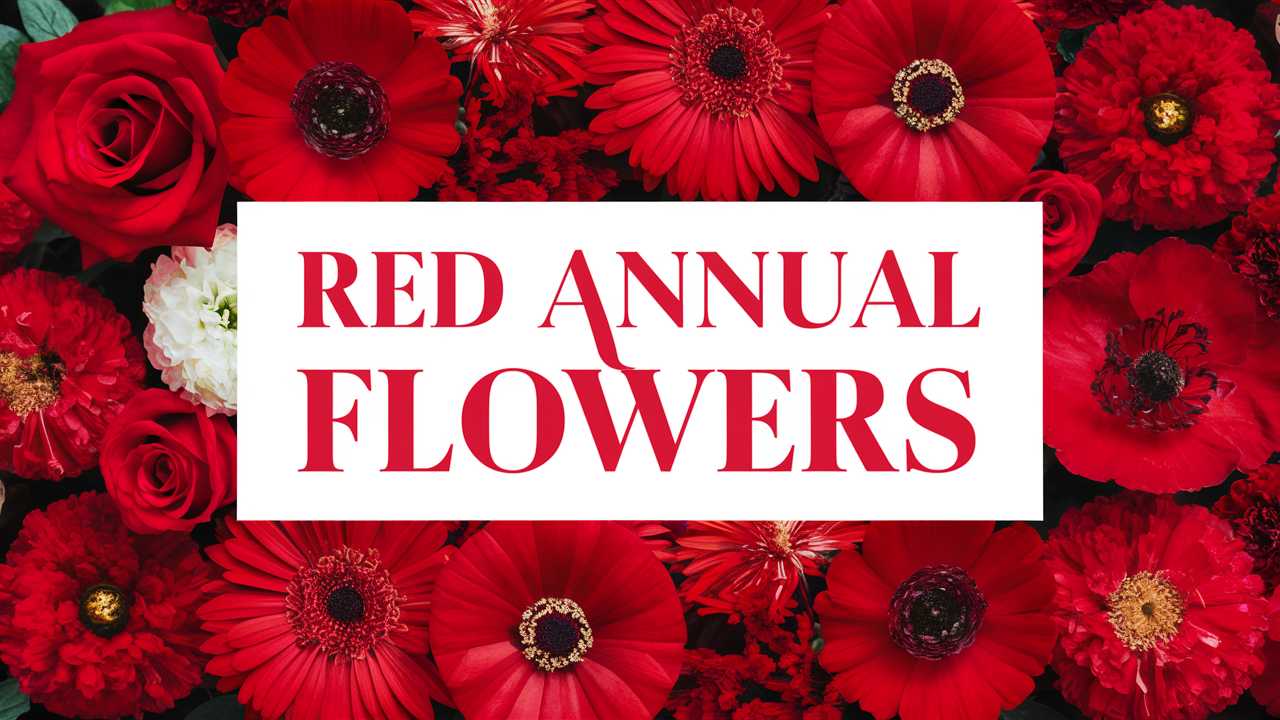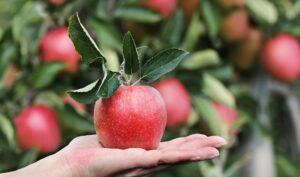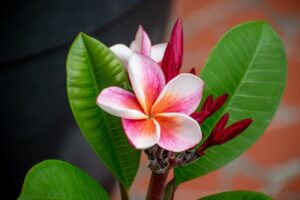This guide explores into some of the most spectacular and charming red annual flowers that can transform any garden into a vibrant, breathtaking scene.
Red Pentas

Pentas, also known as star flowers because of their star-shaped blooms, are a favorite among those looking to add brilliant red hues to their garden. These flowers bloom tirelessly throughout the summer, attracting butterflies and hummingbirds with their rich nectar. Pentas thrive in sunny locations with well-drained soil, making them suitable for a variety of gardens and landscapes.
One of the most charming aspects of pentas is their compact growth habit. They can be easily added to borders or as focal points in containers. Their lush, green foliage provides a striking contrast to their fiery red blooms. Additionally, the versatility of pentas means they can endure both drought and occasional rain, making them a low-maintenance option for busy gardeners.
Red Petunia
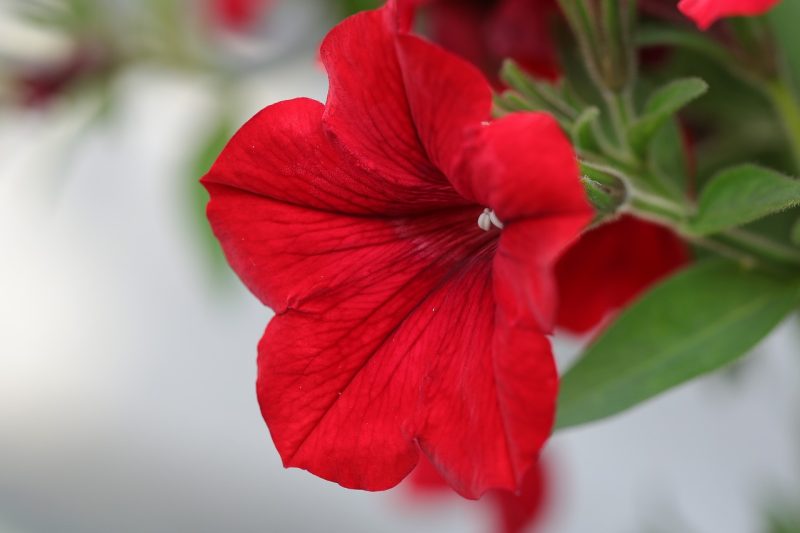
Petunias are synonymous with summer gardens, and their red varieties are particularly eye-catching. These flowers come in a variety of forms—ranging from ruffled blooms to softly flowing petal structures—and their vibrant shades of red draw the eye effortlessly. Petunias are remarkably versatile and can be used in hanging baskets, container gardens, and flowerbeds, making them a staple for many gardeners.
What sets red petunias apart is their capacity to bloom profusely throughout the season. When properly cared for—ensuring sunlight, regular watering, and deadheading—petunias will flourish and produce an almost continuous display of color. They also come in delightful patterns and variations that truly enhance their attractiveness, providing an opportunity for creativity in planting.
Dahlia
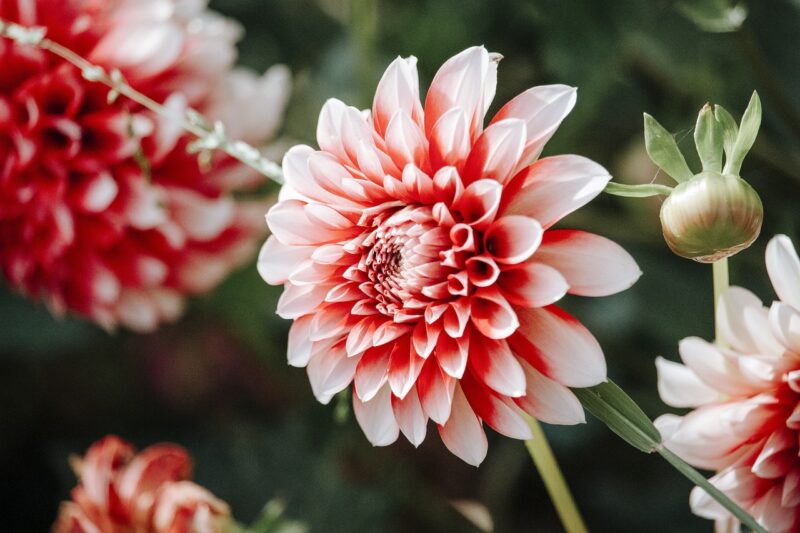
Although dahlias are more commonly known as perennials, many gardeners treat them as annuals due to their specific climate requirements. They come in a gorgeous array of colors, with red being a prominent and lush choice. Dahlia flowers, ranging from bold, dinner-plate sizes to smaller pompon varieties, provide dramatic visual interest in any space.
Due to their size and structure, red dahlias can be used as striking focal points in gardens. They thrive in full sun and require rich, well-draining soil that facilitates their robust growth. Alongside their beauty, cultivating dahlias can be deeply rewarding; they tend to bloom endlessly from mid-summer until the first frost, making each glance at their vibrant petals a delightful reminder of the joys of summer.
Zinnia

Zinnias are carefree annuals that serve as cheerful companions in any garden. Known for their vibrant colors and sturdy structure, red zinnias bring a joyful energy that can elevate any landscape. These flowers are also appreciated for their ability to attract bees and butterflies, which aids in pollination.
Zinnias thrive in full sun and prefer well-drained soil. They are incredibly easy to grow from seeds, making them accessible even for novice gardeners. Whether displayed in mixed flower beds or as a part of a cut flower arrangement, red zinnias are sure to captivate and bring life to any garden setting.
Red Salvia
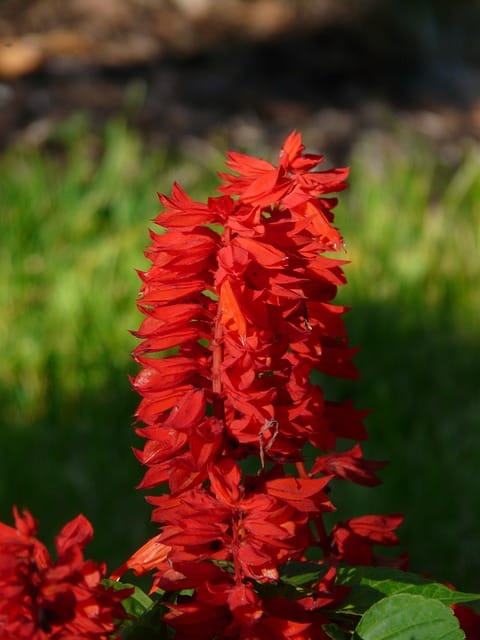
Red salvias, with their tall spires of tubular flowers, have a unique architectural beauty that draws the eye upwards. These vibrant flowers are not only stunning to behold but also incredibly useful in attracting beneficial insects such as bees and hummingbirds, effectively promoting the overall health of your garden ecosystem.
Salvia thrives in full sun and well-drained soil, and once established, they exhibit remarkable drought tolerance. Their long blooming period and resilience to pests make them a favorite for gardeners seeking low-maintenance yet high-impact flowers. Pair red salvias with other annuals for a dynamic, colorful display that captivates everyone who beholds it.
Begonia
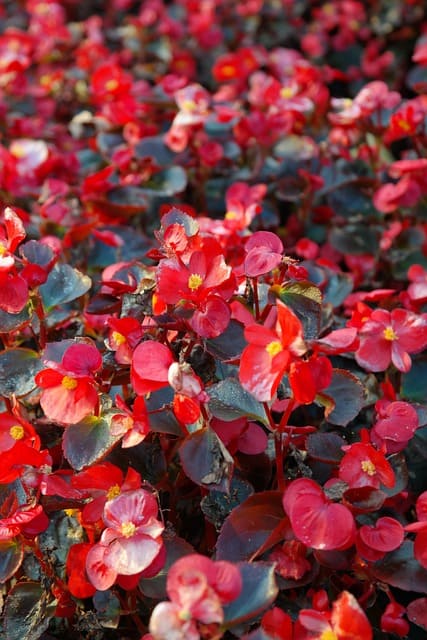
When exploring red annual flowers, begonias are often celebrated for their lush foliage and compact blooms. These beauties are perfect for shaded areas or partially shaded gardens, providing vibrancy in places where many other annuals would struggle. The red varieties of begonias can range from deep crimson to bright cherry, and their glossy leaves serve to accentuate their vivid blooms.
Begonias are also particularly suited for container gardening, allowing them to brighten patios or balconies with ease. They thrive in rich potting mixes that retain moisture, making them excellent for gardeners looking to add color without the need for constant maintenance. For those who appreciate a more subdued garden with striking highlights, red begonias can be a perfect choice.
Impatiens
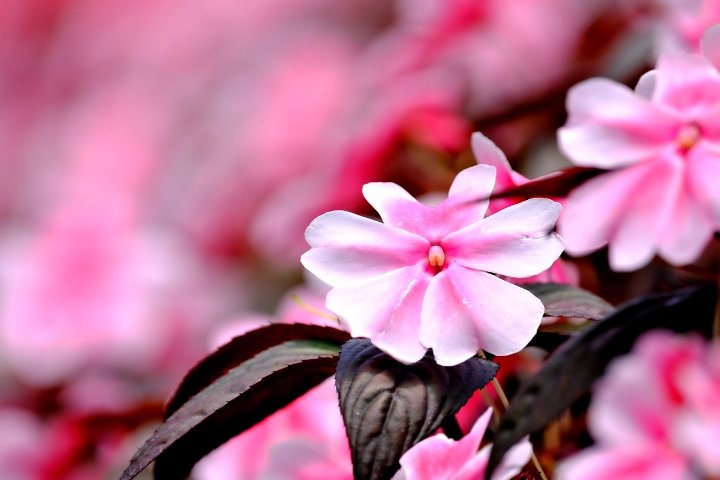
For shaded spots in your garden that need a splash of color, red impatiens are a go-to option. These annuals are beloved for their ability to thrive in low light, producing abundant blooms from spring until the frost sets in. When planted together, red impatiens create a carpet of color that can brighten even the most shadowy corners of your yard.
The soft, velvety texture of the petals adds an appealing depth to garden arrangements. They do need consistent moisture, but when provided, they reward gardeners with a luscious display of vivid blooms. These flowers are versatile enough to be included in mixed plantings or as mass plantings for a striking impact.
Geranium

Red geraniums are iconic in gardens and window boxes alike. Their rounded flower heads burst forth in a riot of blossoms, adding a hearty touch to floral displays. Often found in Mediterranean and coastal gardens, geraniums are known for their resilience and vibrant colors that stand out in any setting.
Geraniums are highly adaptable and can flourish in various soil conditions, although they prefer well-draining mixes. These annuals have a fragrant foliage that adds another sensory dimension to gardens. With their long-lasting blooms, red geraniums maintain their appeal throughout the growing season, offering color as summer progresses.
Nasturtium
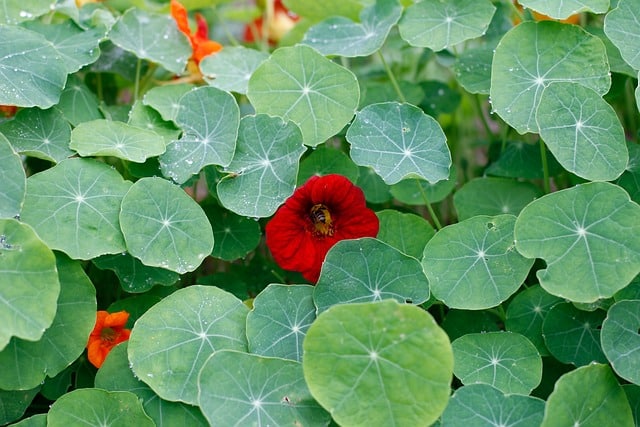
Nasturtiums bring a unique flair to any garden with their large, distinct flowers and edible leaves. Their vibrant red blooms are not only visually stunning but also offer a peppery taste that makes them a delightful addition to salads. These annuals thrive in relatively poor soil, which makes them an excellent choice for less vigorous gardeners.
The sprawling habit of nasturtiums can create beautiful ground cover or charming hanging displays. Their vibrant colors pair well with other annuals, creating a lively atmosphere. Beyond aesthetics, nasturtiums attract pollinators and can act as a companion plant in vegetable gardens, protecting crops from pests.
Purslane
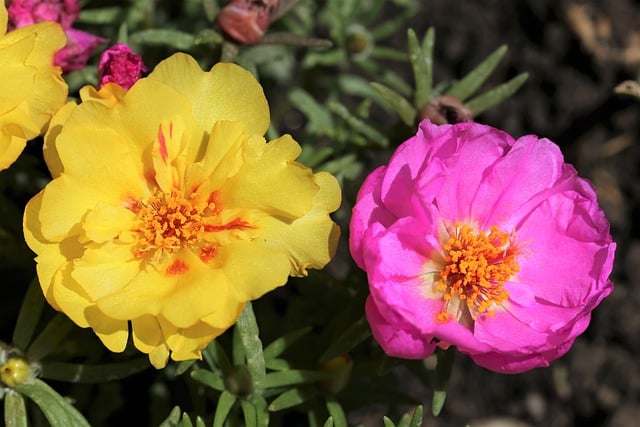
Purslane offers an unconventional approach to gardening with its succulent-like leaves and vibrant flowers. The red varieties are available, brightly complementing the lush green foliage. These heat-loving plants thrive in full sun and can tolerate dry conditions, making them perfect for low-water or xeriscape gardens.
With a unique, low-growing habit, purslane is excellent for spilling over the edges of containers or garden beds, providing a soft, cascading effect. Its edible leaves, high in omega-3 fatty acids, make it not only a visually appealing flower but also a nutritious addition to your meals. The beauty of purslane lies in its versatility and resilience.
Red Cockscomb
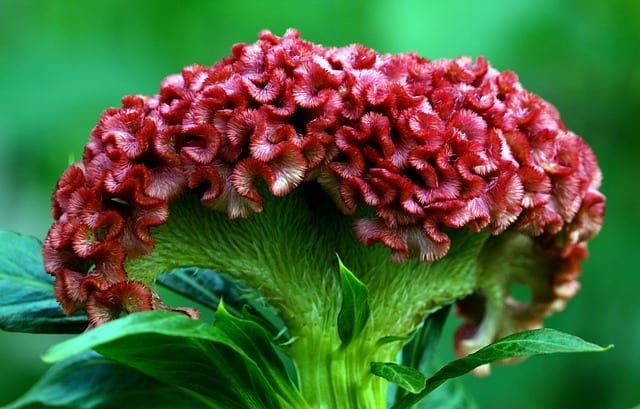
Cockscomb, known for its unique, crest-like flower heads, stands out as one of the most fascinating red annuals. The texture of its blooms can resemble a fiery coral, adding an exotic touch to flower arrangements. Cockscomb flowers will flourish in full sun and love rich, well-drained soils.
These flowers can grow tall and proud, making them excellent additions to back borders or as a standout feature in garden beds. Their unusual shapes and hues can evoke intrigue and serve as conversation starters among garden enthusiasts. They also pair beautifully with other annuals, providing a stunning contrast to softer blooms.
Red Canna
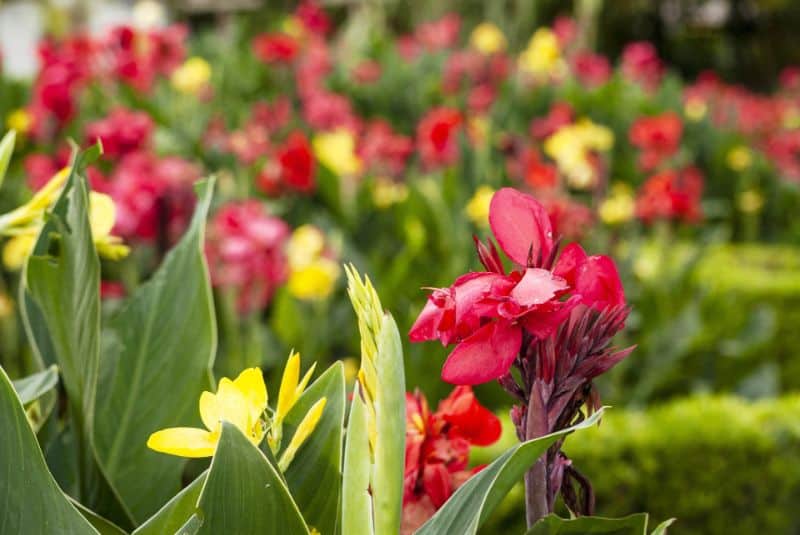
Cannas are not just stunning red annuals; they are also known for their large, dramatic foliage. Their tropical appearance can transform any garden into a lush paradise. Cannas bloom in vibrant reds, and their bold, upright growth makes them perfect for creating focal points or backdrops in a garden landscape.
These striking plants prefer full sun and enjoy rich, moisture-retentive soil, making them a perfect addition to more tropical-themed gardens or around water features. With their ability to bloom from late spring to fall, red cannas bring an exotic allure that captivates all who encounter them.
Red Sunflower
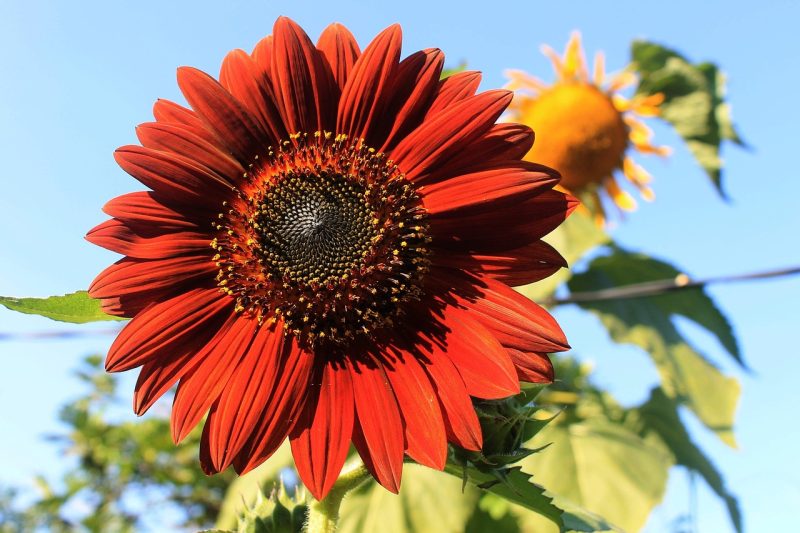
While sunflowers are often associated with summer, particular annual varieties can provide a stunning display of red petals. These cheerful blooms, with their large heads and vibrant colors, quickly bring warmth and joy to any garden. Sunflowers are known for their towering heights yet can be found in dwarf varieties suited for smaller gardens.
Sunflowers attract a plethora of pollinators, enriching the ecosystem of your garden while offering visual appeal. They require full sun and generous space to thrive. Whether planted in rows or as part of a mixed flower bed, the exuberant nature of sunflowers will undoubtedly leave a lasting impression.
Strawflower
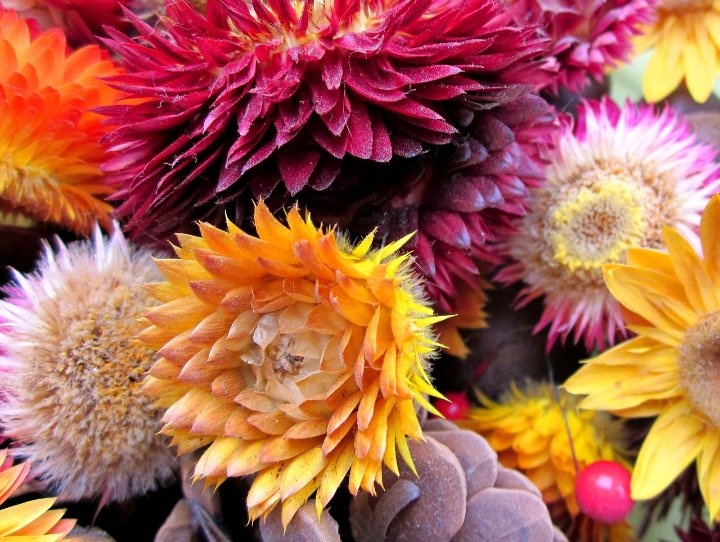
Strawflowers are known for their paper-like petals and vibrant colors, making them a popular choice for dried floral arrangements. The red varieties can add a splash of rich color to any garden and can maintain their brightness long after they’ve been cut. These annuals thrive in full sun and are drought-resistant, thriving in poor soil conditions as well.
With the ability to bloom all summer long, strawflowers are an excellent fit for gardeners who appreciate both fresh and dried arrangements. They are also a great choice for pollinators, attracting various beneficial insects to your garden. Their unique texture and appearance make strawflowers a favorite among floral designers and amateur gardeners alike.


